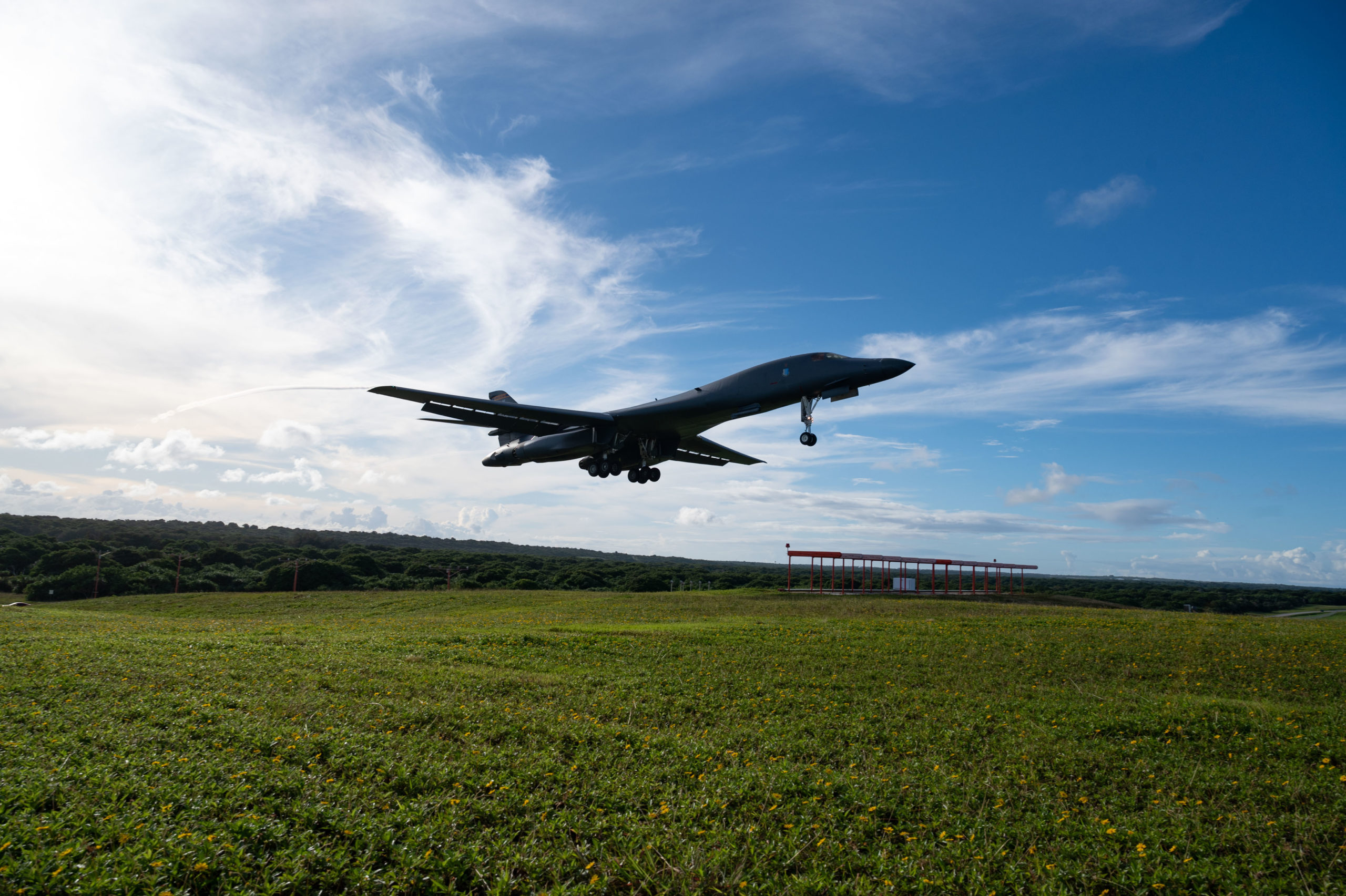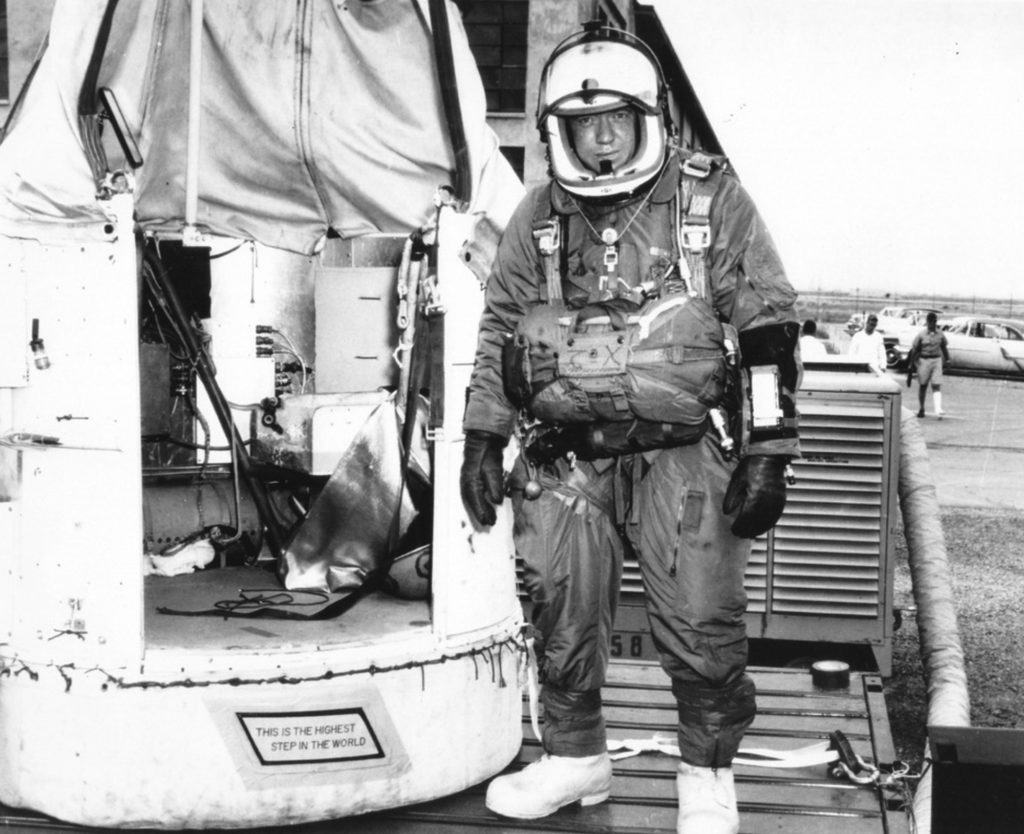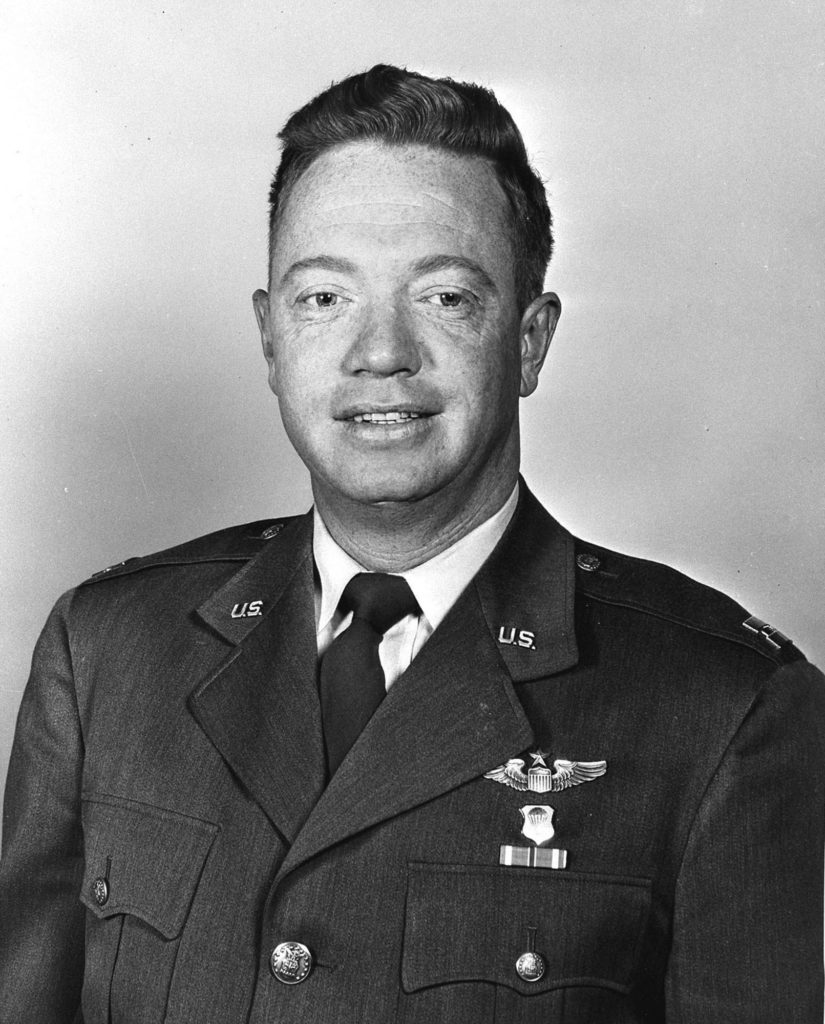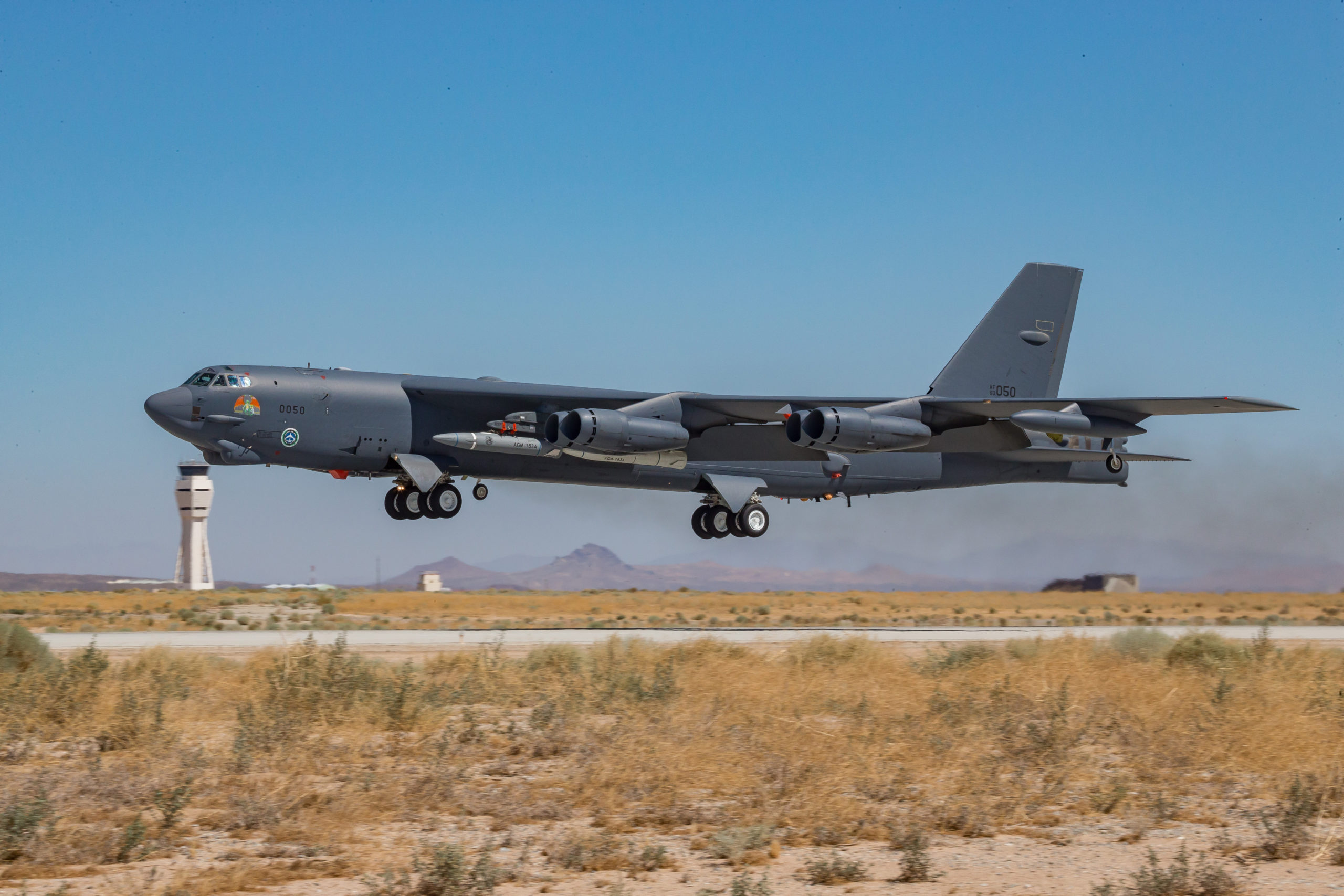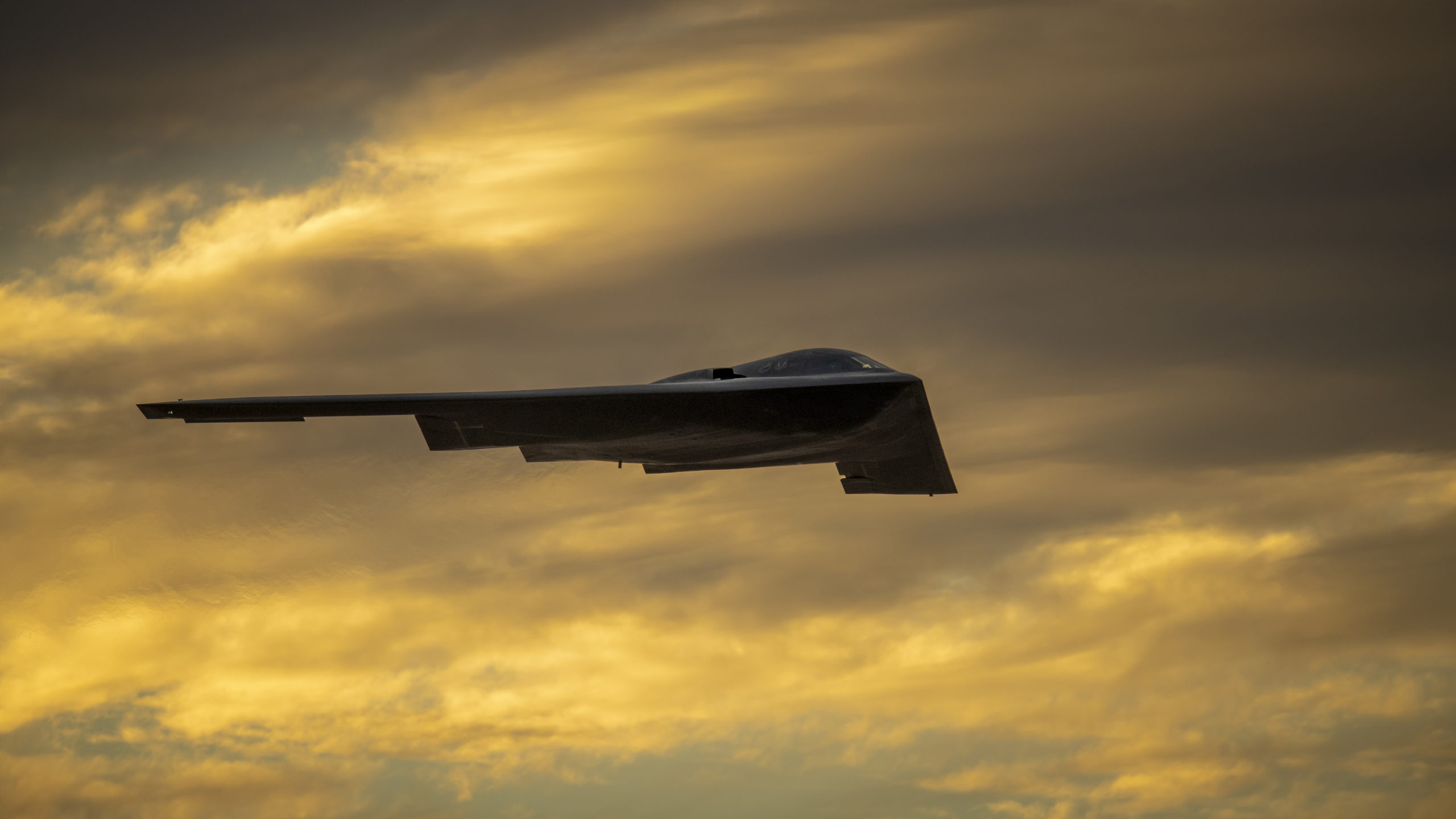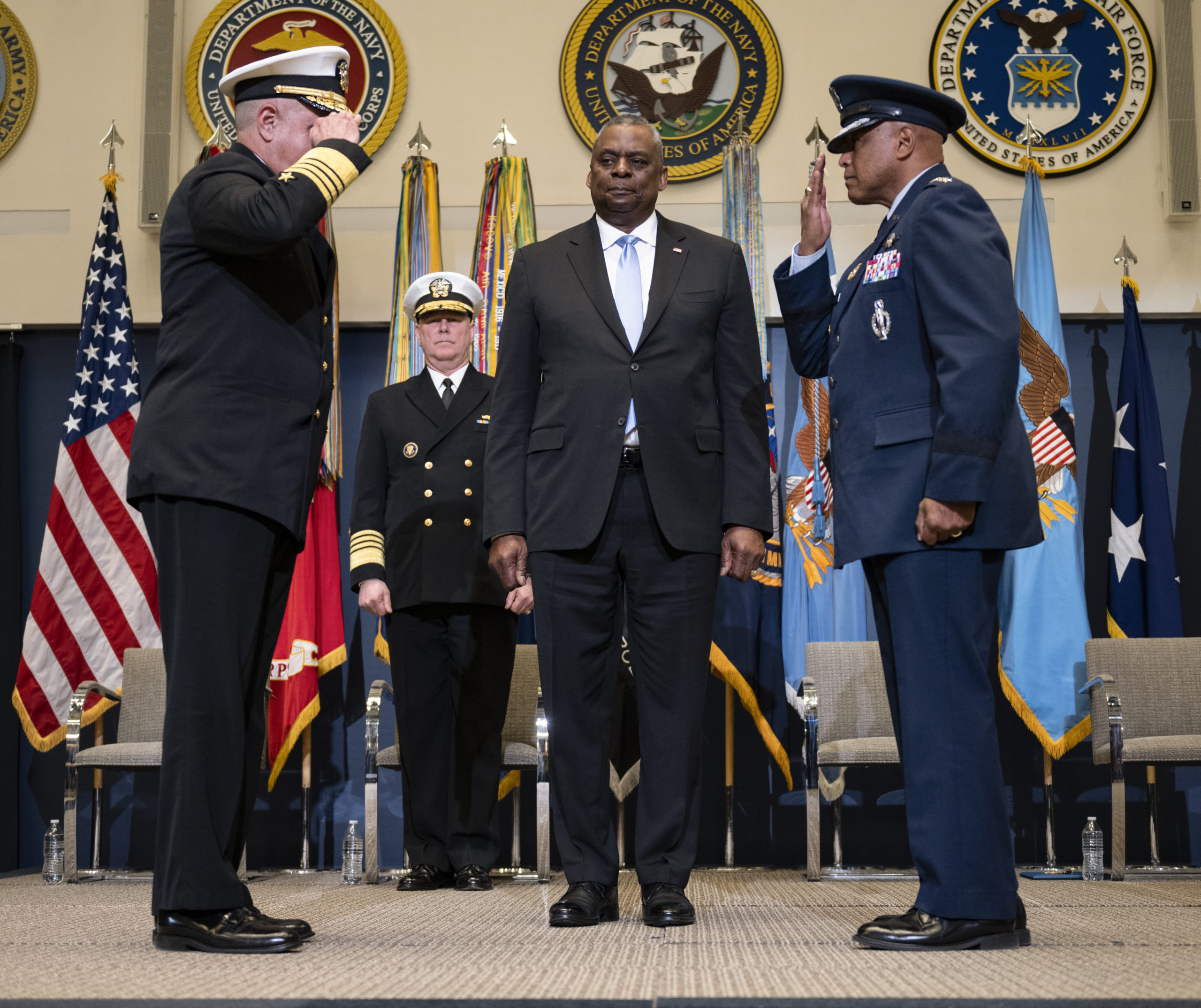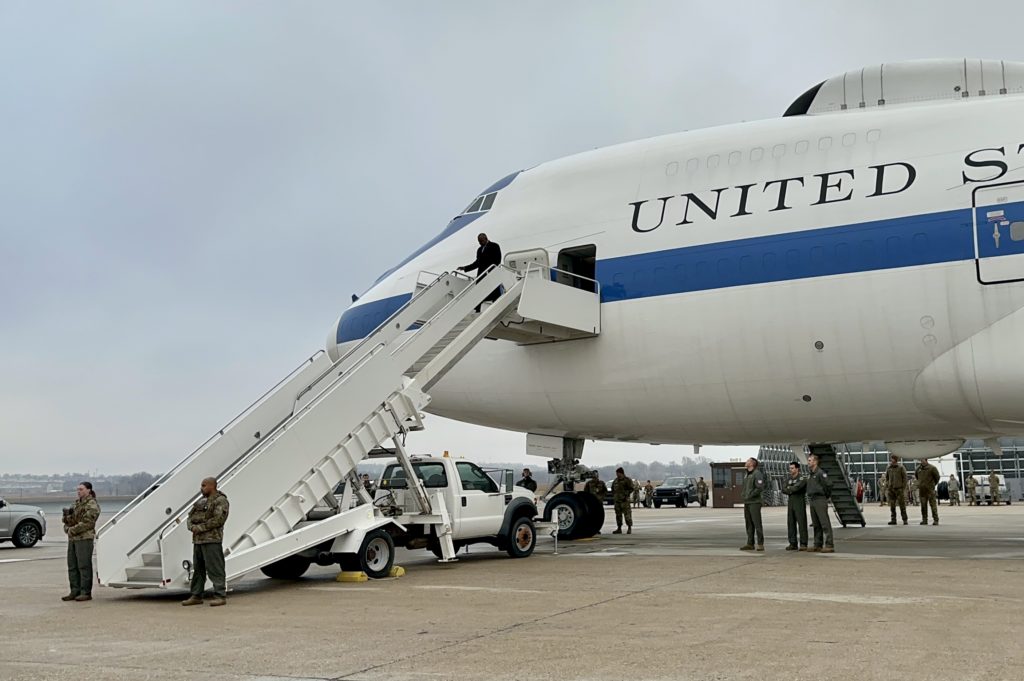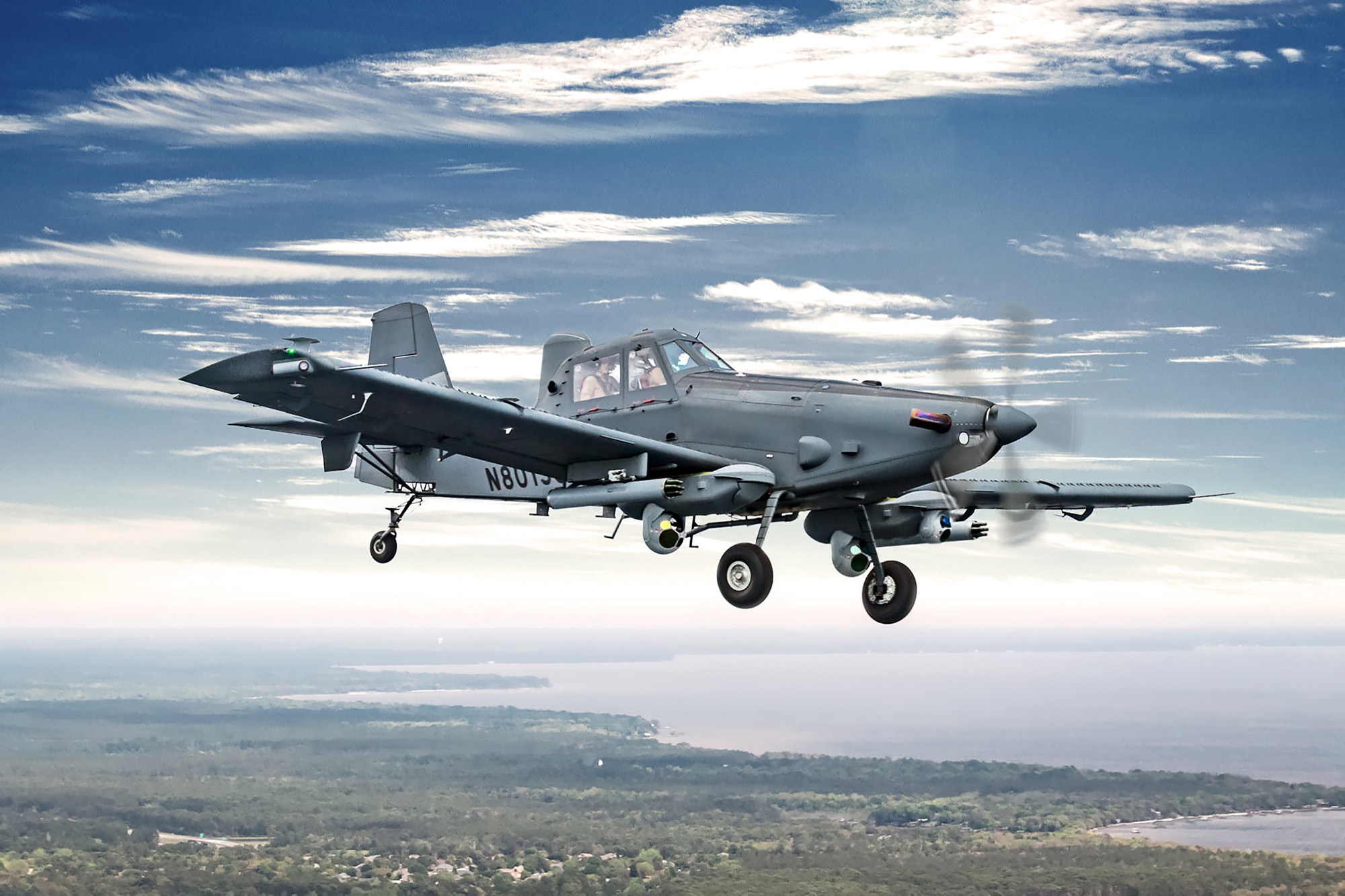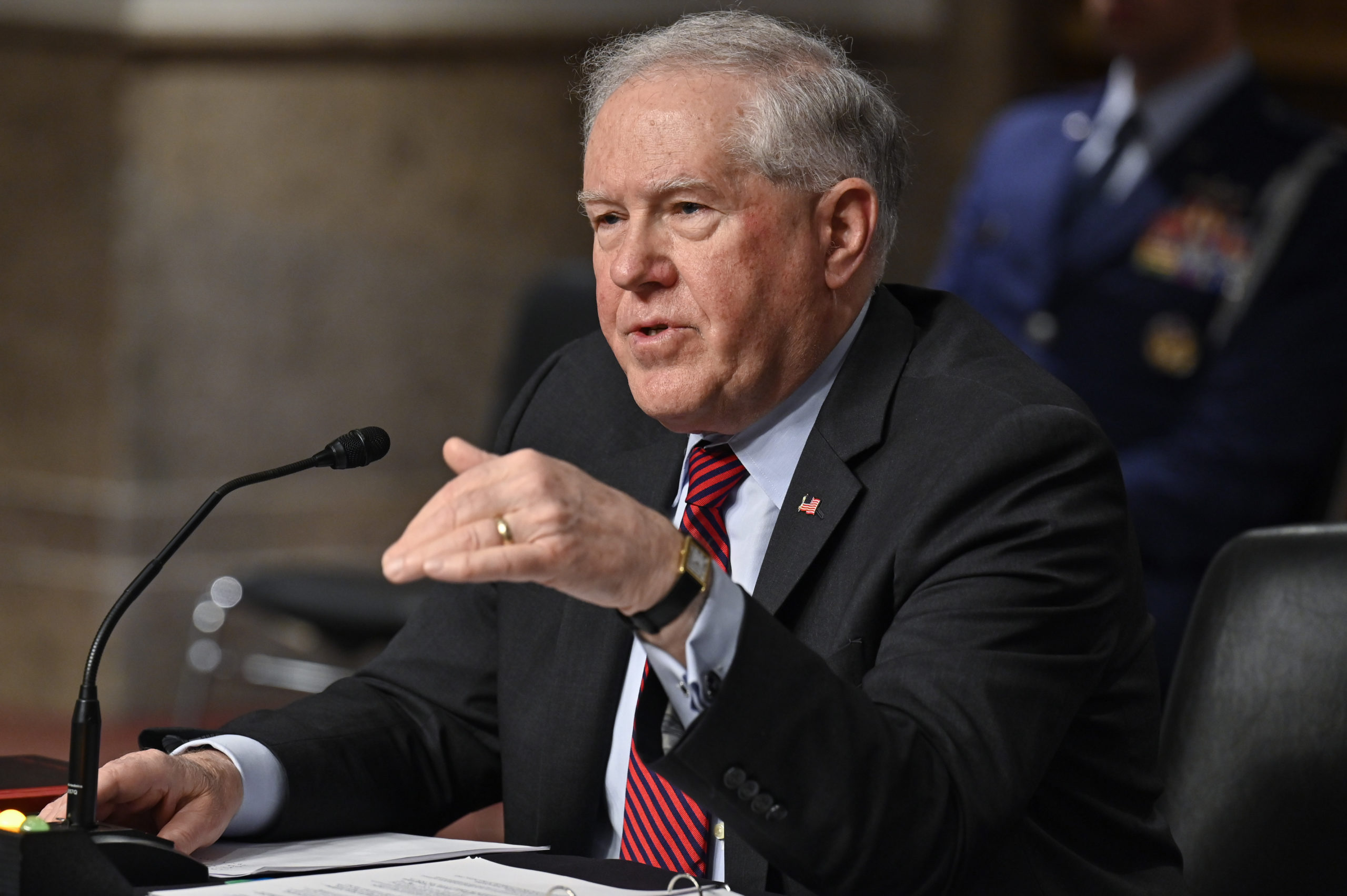A “light and lean” bomber task force deployed from Ellsworth Air Force Base, S.D., to Guam for a month, operating from non-traditional locations alongside regional partners.
The test force deployment exercised Agile Combat Employment, counter-maritime operations with the Long Range Anti-ship Missile, and projected force in response to North Korean missile tests, the wing and task force leaders said in a Dec. 12 “Warfighters in Action” webcast hosted by the Air & Space Forces Association.
Col. Joseph L. Sheffield, commander of the 28th Bomb Wing, and Lt. Col. Christopher McConnell, commander of the 37th Bomb Squadron, called the mid-October-to-late November deployment a key training opportunity.
“From the squadron’s perspective, it’s just an amazing opportunity to get out there and show the B-1s’ long-range strike capabilities,” McConnell said. “It’s an opportunity for us to train, to integrate with allies and partners, and then get out there and actually do the mission in a theater away from home station.”
Sheffield said the mission enabled the wing to “push the envelope” on Agile Combat Employment, in which Air Force units counter threats to central operating bases by dispersing and operating instead from numerous locations locations.
“We’re trying to focus a little bit more on our Agile Combat Employment capabilities—what does that mean for a bomber, what does it mean for the B-1? And how would we do that?” Sheffield said.
In this case, that meant deploying four B-1s and some 200 Airmen to Andersen Air Force Base, Guam, then flying 26 sorties for some 363 hours of flight.
“When we did the continuous bomber presence, or the counter-terrorist fight, we’d go to a base that’s well established, well set-up,” Sheffield said. “But here, we want our aviators, the maintainers, and logistic personnel to experience the challenges of being away from that type of establishment, away from our home station.”
That’s a contrast to earlier in McConnell’s career, he said. “We didn’t have that much dynamic employment,” he explained. “It was a very continuous present to the location that we were going. … Now it’s a global challenge. We’re all over the place. We have young aviators and aircrew that have literally flown almost across the entire world.”
Among the dynamic situations the task force experiened was hot-pit refueling at Misawa Air Base, Japan, “an opportunity for us to take a small maintenance footprint [and] deploy them to a non-traditional bomber location,” McConnell noted.
To do that, McConnell’s Airmen had “to do things that may not necessarily be in their primary duties,” he said. Airmen have to have multiple capabilities, not just the ones in their narrow job description. “They’re going to have to adapt to whatever environment they show up in and be able to execute,” he said.
The 37th Bomb Squadron didn’t stop with its own Airmen. “We used the opportunity while we were out at Anderson to train up some of the other folks that were on the base as well,” McConnell said. “‘Hey, just in case, let’s show you how to refuel a B-1. Let’s show you how to do some minor maintenance on it.’ Just in case we needed them and there may not be a maintenance team there in place at the time that we would need them. So it’s taking that proactive mindset of, ‘Where can we gain either efficiencies or gain advantages?’”
After North Korea launched a barrage of missile tests, escalating tensions in the region in early November, the Task Force sent two B-1s alongside U.S. and South Korean fighter aircraft over the Korean peninsula—the first such flight in five years.
“We provided the combatant commander a response option to some of the real-world events that occurred while we were there,” McConnell said. “And so, … we were able to, within hours of it occurring, launch two B-1s, which was a phenomenal job by our maintenance and ops personnel, because this was all in addition to the already busy scheduled flight ops that we had going on.”
The maneuvers demonstrated solidarity with a key ally and demonstrated interoperability and experience, McConnell added.
“We start to establish what those communication links are going to be like in that theater, so that we’re familiar with the operating environment, and we’re exposing our aircrew to how those operations are going to occur,” he said.
In addition to pushing ACE concepts, the deployment was also aimed at boosting the 28th BW’s proficiency with maritime missions, McConnell added. Early in the deployment, Airmen and Sailors practiced loading and releasing naval mines from the B-1s.
At other points, Airmen worked with the Navy to practice their skills with the Long Range Anti-ship Missile, a stealthy ballistic missile “designed to detect and destroy specific targets within groups of surface warships.”
“We are the threshold platform for the Air Force for LRASM. We’ve got some of the best LRASM experts right here in the B-1 community and right here at the 28th Bomb Wing,” McConnell said. “And we’ve focused a lot of our training plans on becoming those LRASM experts, working along with the Navy and trying to develop the [tactics, techniques, and procedures] to perfect those capabilities
